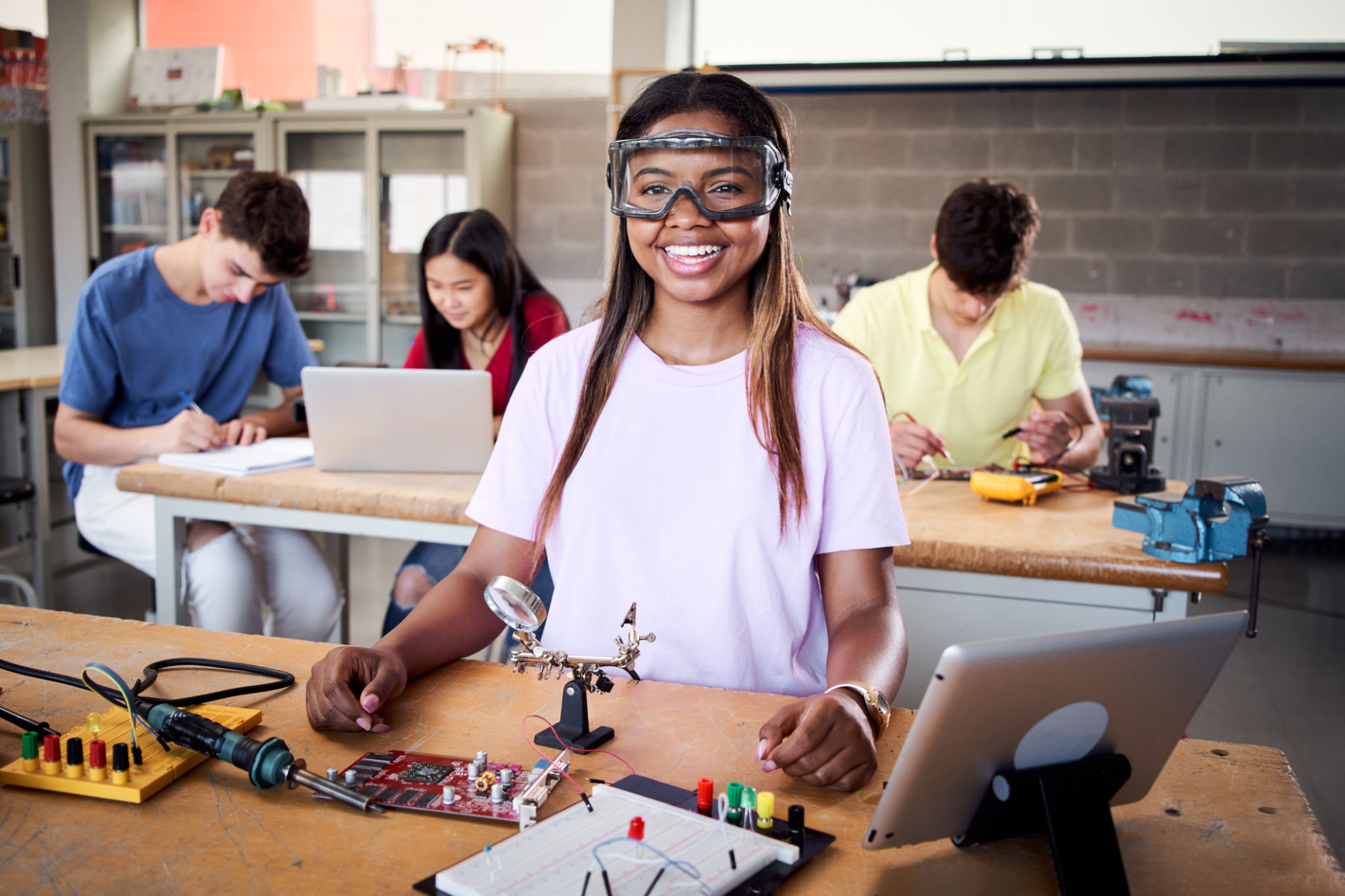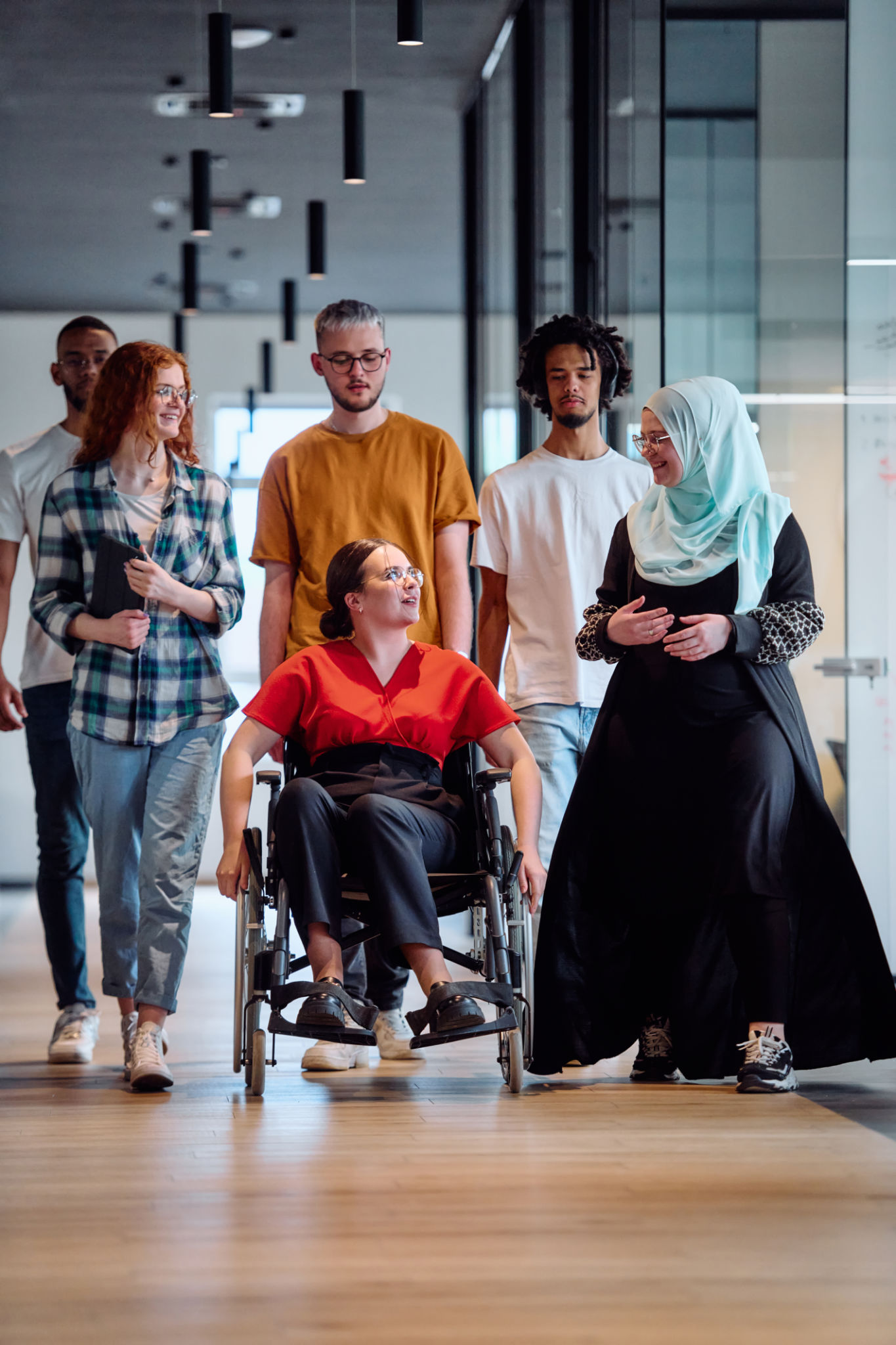Understanding Vocational Rehabilitation: A Comprehensive Guide
What is Vocational Rehabilitation?
Vocational rehabilitation is a dynamic process that assists individuals with disabilities in overcoming barriers to employment. Its primary goal is to help these individuals gain, maintain, or return to meaningful work. This comprehensive service is essential for fostering inclusivity in the workforce and empowering individuals to achieve their career goals.
The services provided under vocational rehabilitation are diverse and tailored to meet the unique needs of each person. They can include career counseling, job training, resume writing assistance, and job placement services. Through these personalized programs, vocational rehabilitation aims to enhance the employability of individuals with disabilities.

The Importance of Vocational Rehabilitation
Vocational rehabilitation plays a critical role in promoting equal employment opportunities. By focusing on an individual's abilities rather than limitations, these programs help break down societal and physical barriers that might prevent someone from securing a job. This not only benefits the individuals but also enriches the workforce with diverse talents and perspectives.
Moreover, vocational rehabilitation contributes to the overall well-being of individuals by boosting their confidence and self-esteem. As they gain new skills and secure employment, they also attain a sense of independence and financial stability, which is vital for personal development.
Eligibility for Vocational Rehabilitation Services
Eligibility for vocational rehabilitation services varies by region, but generally, individuals with a documented disability that affects their ability to work are eligible. The process often begins with an assessment to determine the nature and extent of the individual's disability as well as their employment needs and goals.
Once eligibility is established, a personalized plan is developed. This plan outlines the services and support needed to achieve the individual's employment objectives. The plan is regularly reviewed and adjusted as necessary to ensure optimal outcomes.

Key Components of Vocational Rehabilitation
Vocational rehabilitation comprises several key components that work together to support individuals in their journey toward employment. These include:
- Assessment: Evaluating the individual's skills, interests, and abilities to identify suitable career paths.
- Counseling and Guidance: Providing advice on career choices and job search strategies.
- Training: Offering skills training and education programs tailored to the individual's career goals.
- Job Placement: Assisting in finding suitable employment opportunities and preparing for interviews.
- Support Services: Providing necessary accommodations such as assistive technology or workplace modifications.
The Role of Employers in Vocational Rehabilitation
Employers play a crucial role in the success of vocational rehabilitation programs. By creating inclusive work environments and being open to hiring individuals with disabilities, employers can benefit from a more diverse workforce. This not only enhances company culture but also drives innovation and productivity.
Employers can support vocational rehabilitation by participating in job placement programs and providing on-the-job training opportunities. Additionally, fostering an inclusive workplace culture that values all employees can lead to positive outcomes for both the business and its employees.

Challenges and Opportunities in Vocational Rehabilitation
While vocational rehabilitation offers numerous benefits, it also faces certain challenges. Limited funding and resources can restrict the availability of services, making it difficult for all eligible individuals to access them. Additionally, overcoming societal stigma around disabilities remains an ongoing challenge.
However, these challenges also present opportunities for growth and improvement. By raising awareness and advocating for increased funding, communities can work together to expand access to vocational rehabilitation services. Furthermore, promoting inclusivity and diversity in workplaces can help combat stigma and create more opportunities for individuals with disabilities.
Conclusion
Understanding vocational rehabilitation is essential for recognizing its impact on individuals with disabilities and society as a whole. By providing tailored support and services, vocational rehabilitation empowers individuals to overcome barriers and achieve meaningful employment. As communities continue to advocate for these vital programs, they pave the way for a more inclusive and equitable workforce.
